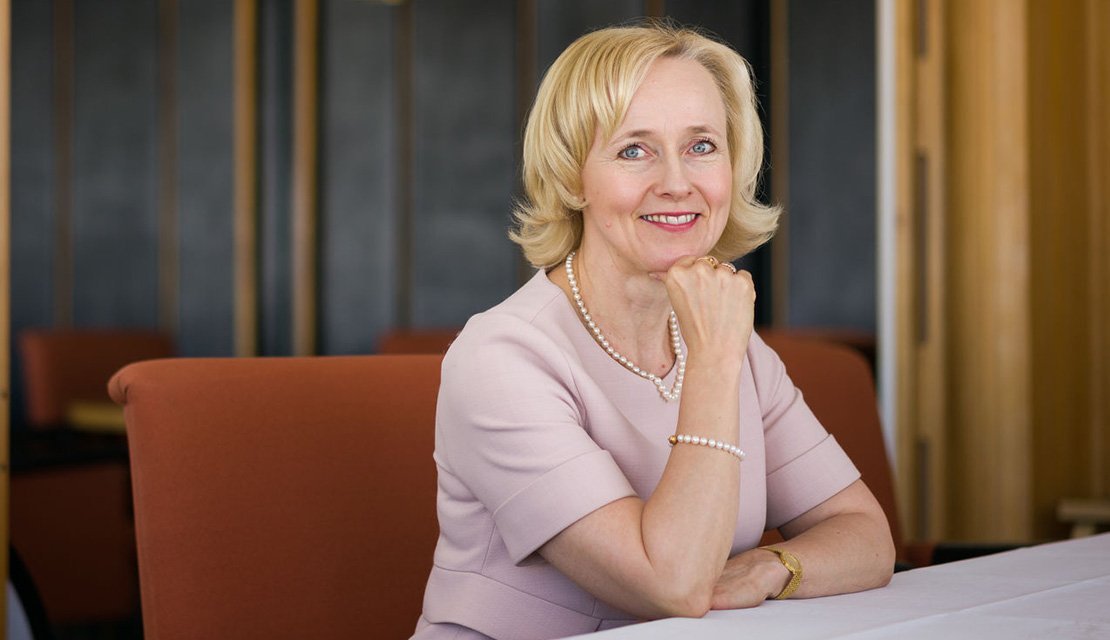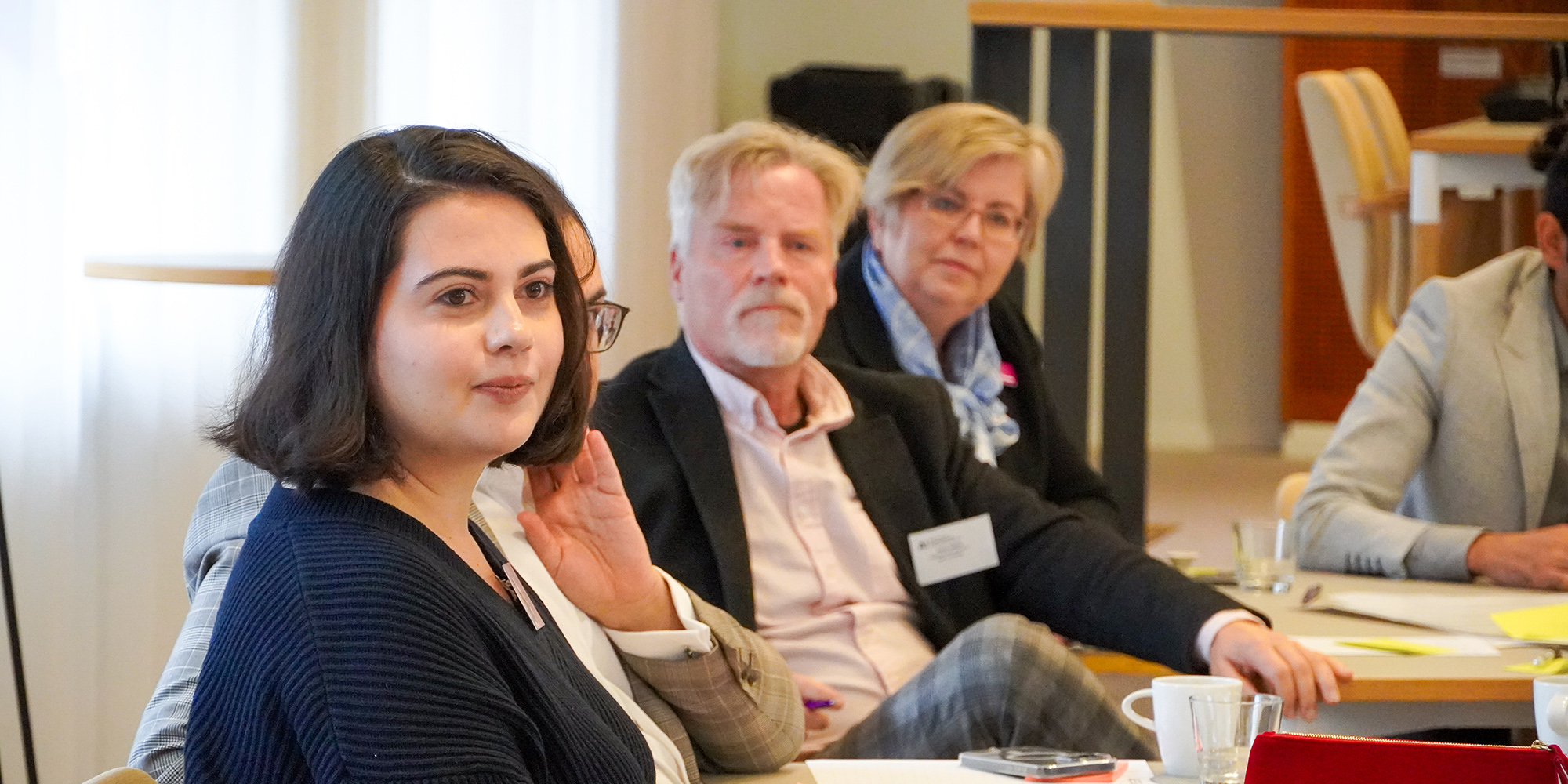The role of business controllers is changing rapidly. Transactional finance and most traditional controlling tasks are set out to be replaced by automation, artificial intelligence, and robots. This calls for new skills and competencies.
Stora Enso, one of the biggest forestry companies in the world, decided to tackle the challenge by partnering with Aalto EE to provide its business controllers with the latest tools and knowledge in the field. The Global Business Controller Training Program is part of Stora Enso’s transformation and digitalization initiatives.
We want to make sure that our people are prepared for what we will expect of them in the future."
“In the finance department, we have a Finance Vision 2021, which we launched in late 2016. Back then, 75% of our employees were involved in transactional work and 25% in controlling and analytics. Our aim is to shift the balance so that by the end of 2021, only 30% of the work is transactional and the rest consists of business controlling and advanced data analytics. This training program is part of that. We want to make sure that our people are prepared for what we will expect of them in the future,” says Petra Teräsaho, Senior Vice President, Group Controller.
Business controllers must get close to the actual business
It’s been estimated that digitalization will wipe out 80% of lower-level finance jobs. Teräsaho says that business controllers, who’ve so far been safe, will share the same fate. To stay in the game, they need to learn new skills to create more value for the business. This is where the new skills and tools step in.
Stora Enso’s main goal for the program was to develop its business controllers’ capabilities in advanced data analytics and to help them understand how their role is changing and what competencies they need in the new situation.
“Mastering Excel is no longer enough. The amount of both external and internal data is multiplying. It’s been called the new oil. The ability to analyse data to get better business insights plays a growing role in driving profits and creating competitive advantage.”
The amount of both external and internal data is multiplying. It’s been called the new oil."
In the new world of finance, business controllers must get closer to business and come up with new ideas on increasing sales and efficiency, decreasing costs, boosting innovation, and developing new business models.
Influencing and presentation skills are part of the package
In addition to new technical skills, business controllers must also learn to communicate the story behind their data and visualize it in a simple way with clear graphs that also please the eye.
“You may have an excellent analysis but it’s often laid out in a format that’s difficult to understand, such as a spreadsheet with hundreds of rows and columns of data. You shouldn’t go in front of the executive board with a presentation like that, but all too often that’s exactly what happens,” Teräsaho says.
Another important set of skills has to do with influencing. Besides coming up with value adding proposals based on their analyses, business controllers must be able to communicate them in a way that’s easy to understand.
“These skills don’t come naturally to everyone. We appreciate that they’ve been included in the program alongside the more traditional topics.”
Participants create solutions for real-life challenges
The Global Business Controller Training Program culminates in real-life cases with the aim of building up new business opportunities for Stora Enso, using the tools and methods learned during the course of the program. The first round of the program ended last December, and the case presentations turned out to be a huge success.
“Our management team was really taken with the work,” Teräsaho says.
People return from training to the office motivated and all pumped up, ready to take on new challenges.”
The participants were divided into six teams, two of which were tasked with creating sales forecasts for one of Stora Enso’s sawmills. The rest focused on predicting pulp prices based on historical or other market data, such as China’s GDP growth, inflation, or oil price. They had to look at various parameters to figure out the factors that in the past have influenced pulp pricing. Once a viable model had been found, they had to build a predictive model using the new tools they had acquired during the program.
“The new data analytics tools make it easier to crunch massive data sets to identify trends and then create more reliable forecasts than before.”
Successful businesses never stop learning
Feedback from the participants has been extremely positive, Teräsaho says.
“All the professors and instructors are top experts in their fields and people really appreciate that.”
The second round of the program is currently underway, and a third round is planned for next year.
For businesses debating whether they can afford to invest in extensive training programs, Teräsaho has a clear message.
“I’ve always been a strong believer in training and education. It always pays off. People return to the office motivated and all pumped up, ready to take on new challenges.”
Training is an investment in both the business and its employees."
According to Teräsaho, training costs can be recouped quickly when the participants – or even just a few of them – utilize their new skills and knowledge to come up with fresh insights that result in solutions bringing financial benefits for the business.
“Training is an investment in both the business and its employees. We live in a world that is changing at an accelerating speed and we have to keep up, both as individuals and as businesses. That’s the only way to survive.”
With almost 50 years’ experience, Aalto EE develops world-class solutions for its customers. Read more about Aalto EE's customized solutions. We will help you to find the best solution for your organization.





















